Renewables account for 56 per cent of Germany electricity use in first quarter of 2024.



A groundbreaking study, led by Dr. Mark Wong of The University of Western Australia, has provided the first global picture of insect activity patterns across the fundamental day–night cycle.
“Through our extensive research, we’ve finally been able to provide a definitive answer to the age-old question of whether there are more insects out at night than during the day,” said Dr. Wong. “Our global analysis not only shows that insect activity rises by a third (31.4%) during the night on average, but crucially reveals key ecological factors driving patterns in insect activity across the Earth.”
The activity patterns of insects across the day–night cycle are a surprisingly understudied area in ecology, as such patterns cannot be detected by common methods used for sampling insects. For example, sweep netting captures inactive insects, while light traps do not work as well during the day as they do during the night.
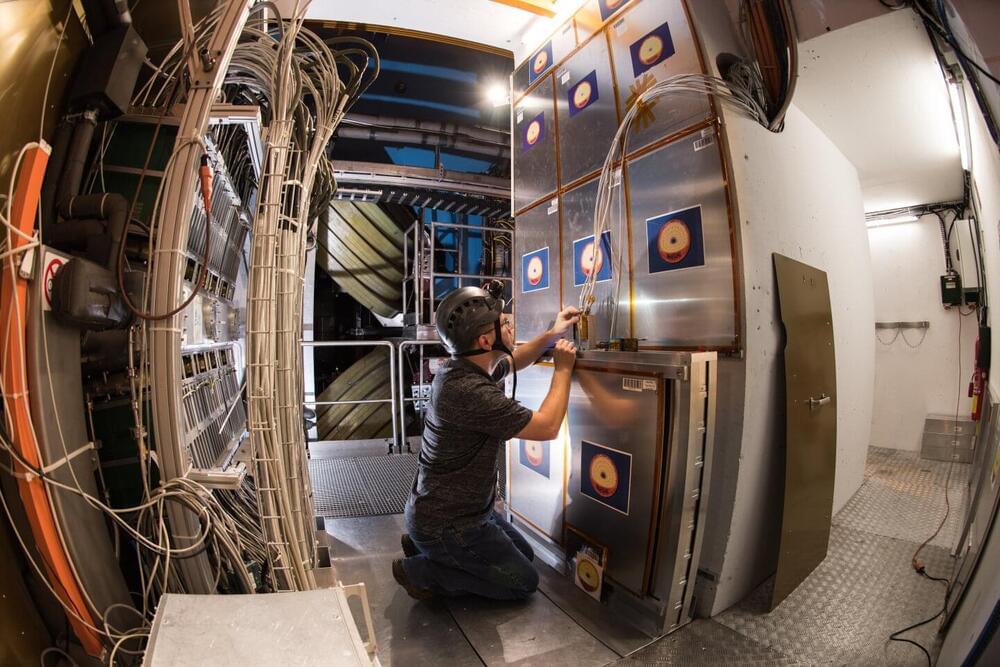
The late physicist Joseph Polchinski once said the existence of magnetic monopoles is “one of the safest bets that one can make about physics not yet seen.” In its quest for these particles, which have a magnetic charge and are predicted by several theories that extend the Standard Model, the MoEDAL collaboration at the Large Hadron Collider (LHC) has not yet proven Polchinski right, but its latest findings mark a significant stride forward.
The results, reported in two papers posted on the arXiv preprint server, considerably narrow the search window for these hypothetical particles.
At the LHC, pairs of magnetic monopoles could be produced in interactions between protons or heavy ions. In collisions between protons, they could be formed from a single virtual photon (the Drell–Yan mechanism) or the fusion of two virtual photons (the photon-fusion mechanism). Pairs of magnetic monopoles could also be produced from the vacuum in the enormous magnetic fields created in near-miss heavy-ion collisions, through a process called the Schwinger mechanism.
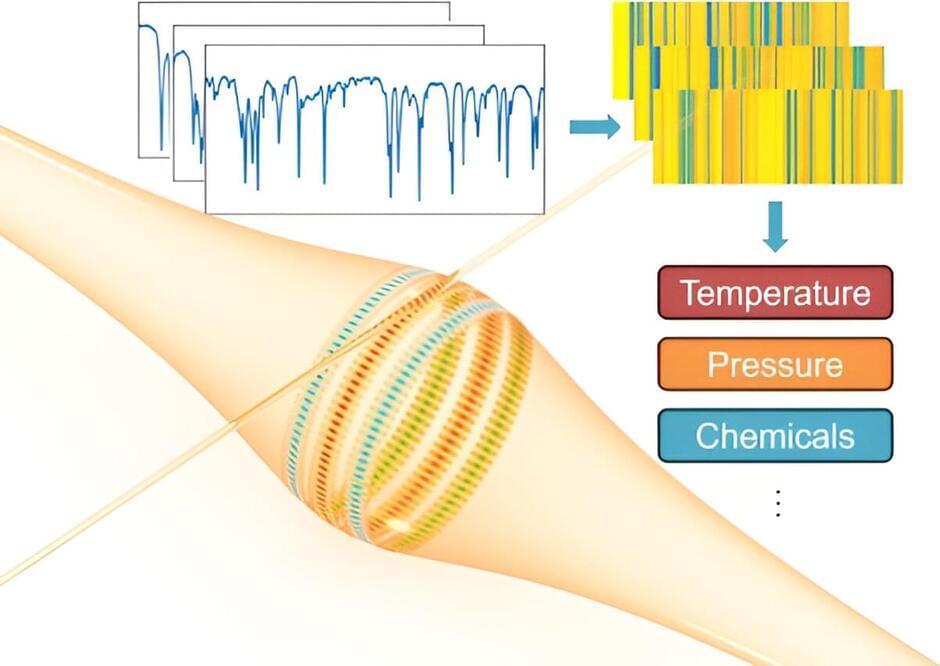
The same geometric quirk that lets visitors murmur messages around the circular dome of the whispering gallery at St. Paul’s Cathedral in London or across St. Louis Union Station’s whispering arch also enables the construction of high-resolution optical sensors. Whispering-gallery-mode (WGM) resonators have been used for decades to detect chemical signatures, DNA strands and even single molecules.
In the same way that the architecture of a whispering gallery bends and focuses sound waves, WGM microresonators confine and concentrate light in a tiny circular path. This enables WGM resonators to detect and quantify physical and biochemical characteristics, making them ideal for high-resolution sensing applications in fields such as biomedical diagnostics and environmental monitoring.
However, the broad use of WGM resonators has been limited by their narrow dynamic range as well as their limited resolution and accuracy.

NIMS has succeeded in simulating the magnetization reversal of Nd-Fe-B magnets using large-scale finite element models constructed based on tomographic data obtained by electron microscopy.
Such simulations have shed light on microstructural features that hinder the coercivity, which quantifies a magnet’s resistance to demagnetization in opposing magnetic fields. New tomography-based models are expected to guide toward the development of sustainable permanent magnets with ultimate performance.
Green power generation, electric transportation, and other high-tech industries rely heavily on high-performance permanent magnets, among which the Nd-Fe-B magnets are the strongest and most in demand. The coercivity of industrial Nd-Fe-B magnets is far below its physical limit up to now. To resolve this issue, micromagnetic simulations on realistic models of the magnets can be employed.

Researchers at EPFL have created the first detailed model explaining the quantum-mechanical effects that cause photoluminescence in thin gold films, a breakthrough that could advance the development of solar fuels and batteries.
Luminescence, the process where substances emit photons when exposed to light, has long been observed in semiconductor materials like silicon. This phenomenon involves electrons at the nanoscale absorbing light and subsequently re-emitting it. Such behavior provides researchers with valuable insights into the properties of semiconductors, making them useful tools for probing electronic processes, such as those in solar cells.
In 1969, scientists discovered that all metals luminesce to some degree, but the intervening years failed to yield a clear understanding of how this occurs. Renewed interest in this light emission, driven by nanoscale temperature mapping and photochemistry applications, has reignited the debate surrounding its origins. But the answer was still unclear – until now.
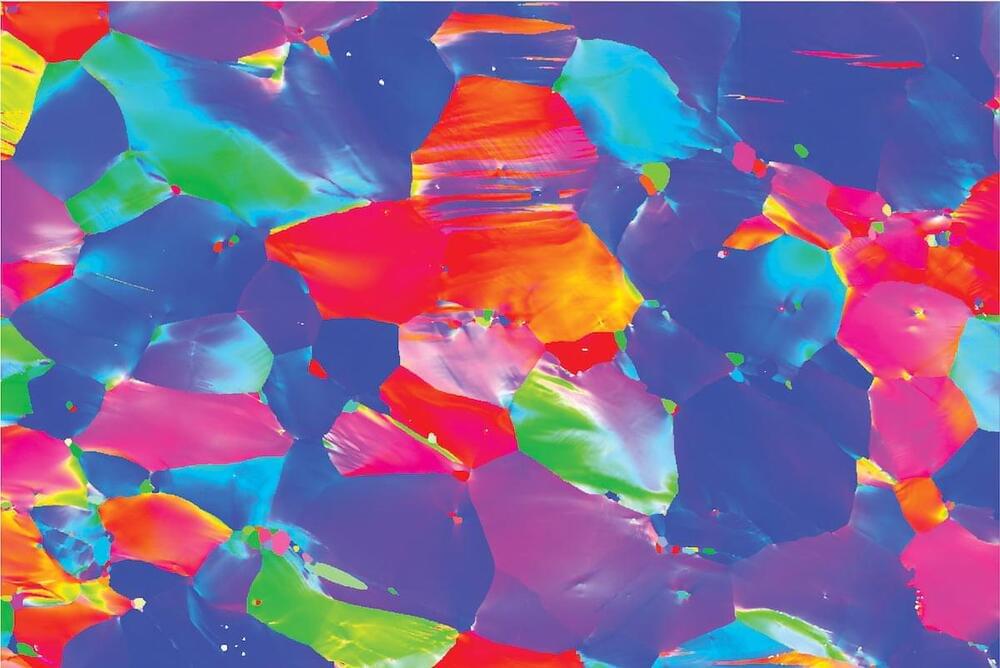
Researchers have discovered an extraordinary metal alloy that won’t crack at extreme temperatures due to kinking, or bending, of crystals in the alloy at the atomic level.
A metal alloy composed of niobium, tantalum, titanium, and hafnium has shocked materials scientists with its impressive strength and toughness at both extremely hot and cold temperatures, a combination of properties that seemed so far to be nearly impossible to achieve. In this context, strength is defined as how much force a material can withstand before it is permanently deformed from its original shape, and toughness is its resistance to fracturing (cracking). The alloy’s resilience to bending and fracture across an enormous range of conditions could open the door for a novel class of materials for next-generation engines that can operate at higher efficiencies.
The team, led by Robert Ritchie at Lawrence Berkeley National Laboratory (Berkeley Lab) and UC Berkeley, in collaboration with the groups led by professors Diran Apelian at UC Irvine and Enrique Lavernia at Texas A&M University, discovered the alloy’s surprising properties and then figured out how they arise from interactions in the atomic structure. Their work is described in a study recently published in the journal Science.
Over the course of nearly two decades, its powerful radar provided never-before-seen details of clouds and helped advance global weather and climate predictions.
CloudSat, a NASA mission that peered into hurricanes, tallied global snowfall rates, and achieved other weather and climate firsts, has ended its operations. Originally proposed as a 22-month mission, the spacecraft was recently decommissioned after almost 18 years observing the vertical structure and ice/water content of clouds.
As planned, the spacecraft — having reached the end of its lifespan and no longer able to make regular observations — was lowered into an orbit last month that will result in its eventual disintegration in the atmosphere.
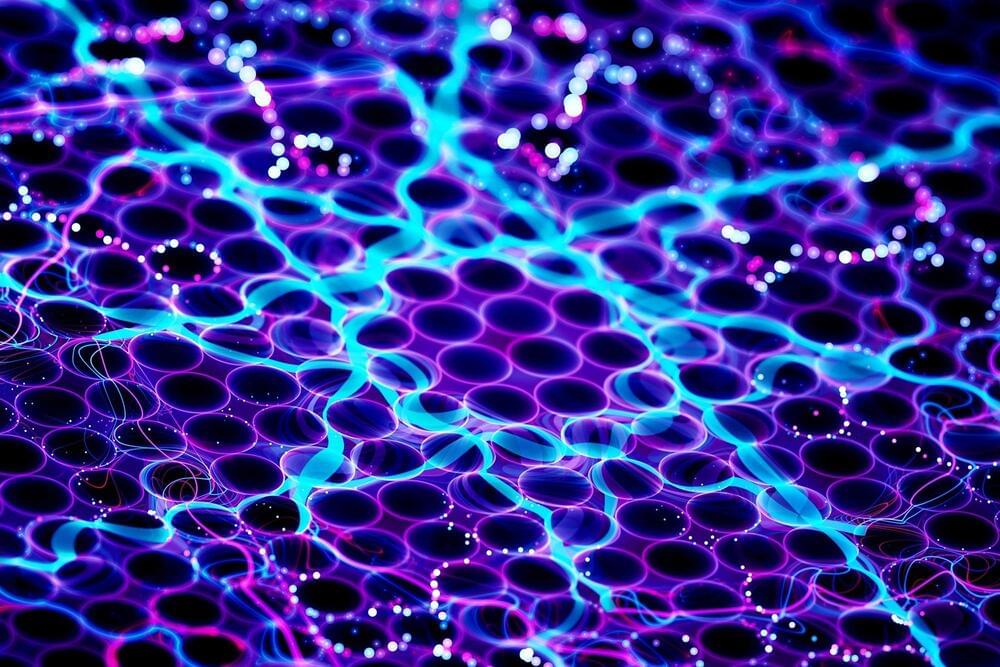
Materials that are incredibly thin, only a few atoms thick, exhibit unique properties that make them appealing for energy storage, catalysis, and water purification. Researchers at Linköping University, Sweden, have now developed a method that enables the synthesis of hundreds of new 2D materials. Their study has been published in the journal Science.
Since the discovery of graphene, the field of research in extremely thin materials, so-called 2D materials, has increased exponentially. The reason is that 2D materials have a large surface area in relation to their volume or weight. This gives rise to a range of physical phenomena and distinctive properties, such as good conductivity, high strength or heat resistance, making 2D materials of interest both within fundamental research and applications.
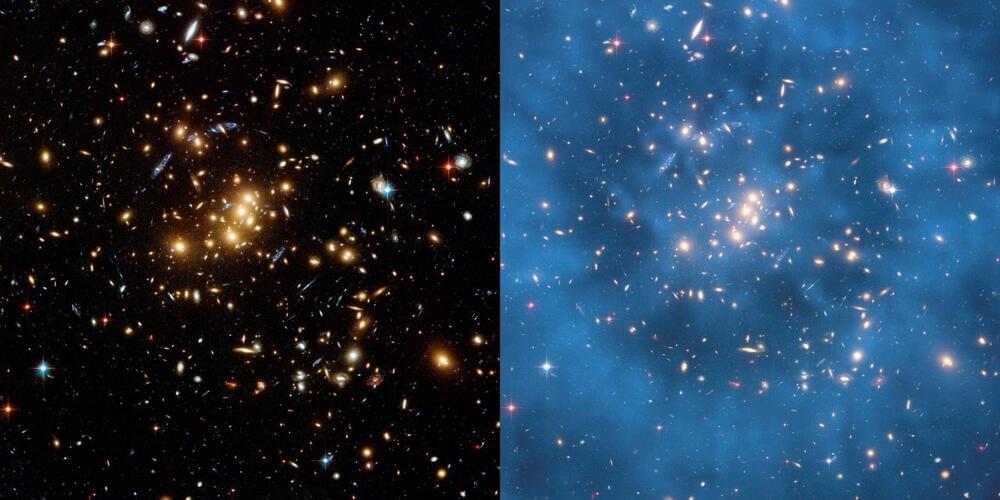
Explorations in dark matter are advancing with new experimental techniques designed to detect axions, leveraging advanced technology and interdisciplinary collaboration to uncover the secrets of this elusive component of the cosmos.
A ghost is haunting our universe. This has been known in astronomy and cosmology for decades. Observations suggest that about 85% of all the matter in the universe is mysterious and invisible. These two qualities are reflected in its name: dark matter.
Several experiments have aimed to unveil what it’s made of, but despite decades of searching, scientists have come up short. Now our new experiment, under construction at Yale University in the US, is offering a new tactic.